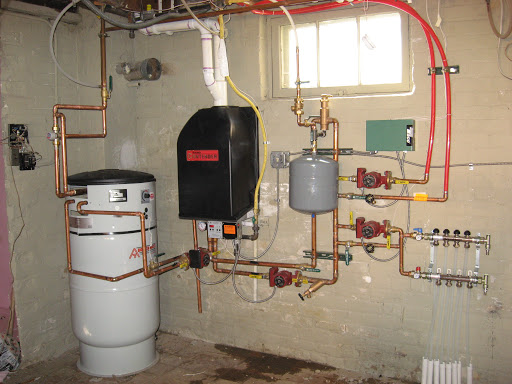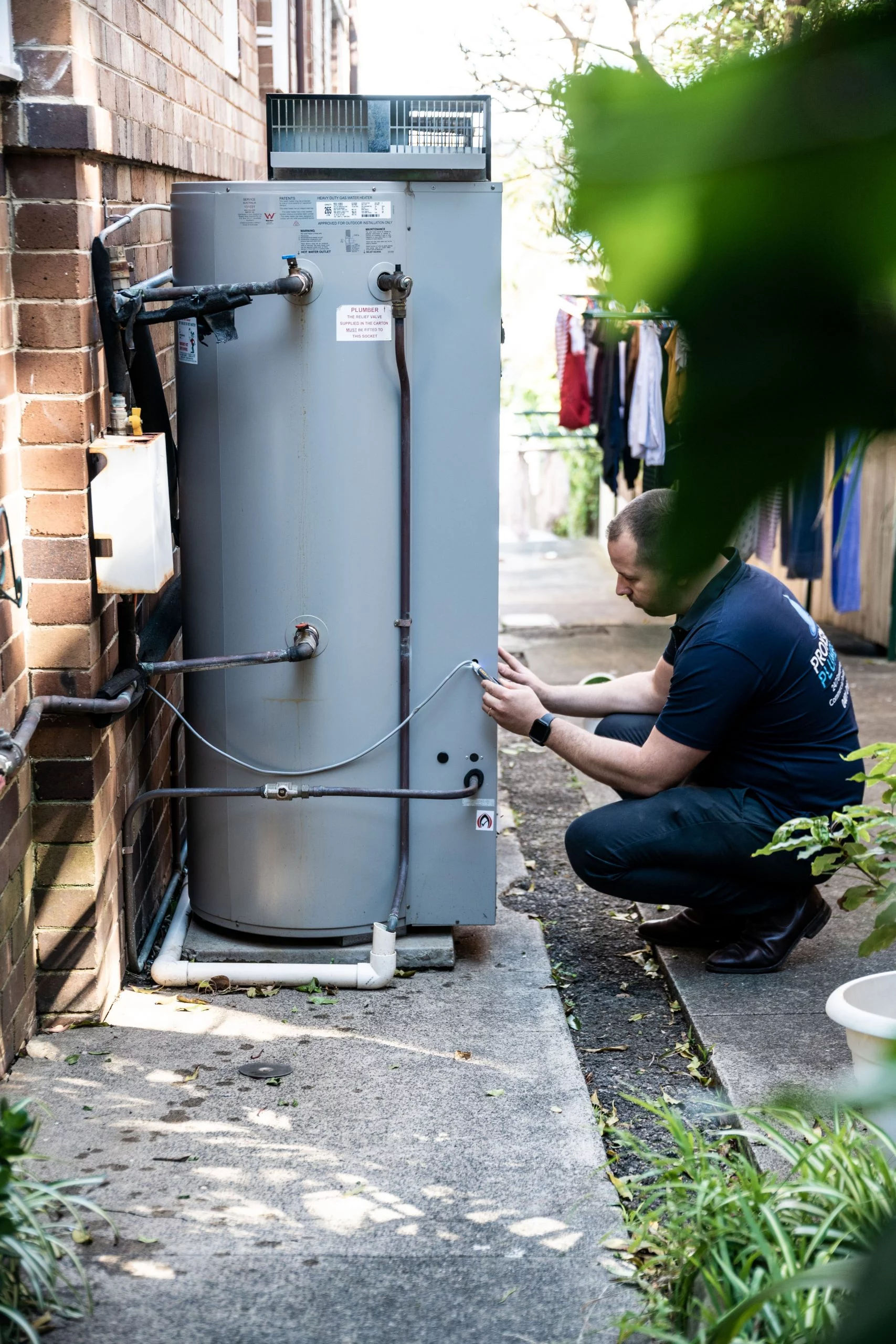Effective Techniques for Caring for Your Home's Hot Water SystemWhat to Maintain Your Home's Hot Water System Properly
Effective Techniques for Caring for Your Home's Hot Water SystemWhat to Maintain Your Home's Hot Water System Properly
Blog Article
Just about every person will have their unique conception in relation to How to Maintain a Hot Water Heater in a Few Simple Steps.

Hot water is important for daily convenience, whether it's for a rejuvenating shower or washing recipes. To guarantee your hot water system runs efficiently and lasts longer, regular maintenance is vital. This short article gives sensible tips and understandings on how to maintain your home's warm water system to prevent interruptions and costly fixings.
Introduction
Maintaining your home's warm water system may seem daunting, however with a couple of straightforward steps, you can ensure it runs smoothly for many years to find. This overview covers whatever from recognizing your warm water system to DIY maintenance ideas and recognizing when to contact specialist aid.
Importance of Preserving Your Hot Water System
Routine upkeep not only prolongs the life-span of your warm water system yet also ensures it runs successfully. Neglecting upkeep can lead to decreased efficiency, greater power expenses, and also early failing of the system.
Signs Your Hot Water System Requirements Upkeep
Recognizing when your warm water system requires attention can avoid major issues. Watch out for indications such as irregular water temperature, strange noises from the heater, or rustic water.
Flushing the Water Heater
Flushing your water heater removes sediment accumulation, enhancing effectiveness and extending its life.
Monitoring and Changing Anode Rods
Anode poles protect against corrosion inside the tank. Inspecting and changing them when broken is critical.
Facility Concerns Calling For Specialist Aid
Instances consist of major leaks, electrical issues, or if your water heater is regularly underperforming.
Regular Specialist Upkeep Perks
Expert maintenance can include comprehensive examinations, tune-ups, and making sure conformity with safety and security requirements.
Examining and Changing Temperature Settings
Adjusting the temperature settings makes certain optimum efficiency and safety and security.
DIY Tips for Upkeep
You can carry out several maintenance jobs yourself to maintain your warm water system in leading condition.
Looking for Leaks
Routinely examine pipelines and connections for leaks, as these can bring about water damage and higher bills.
Recognizing Your Warm Water System
Before diving right into upkeep jobs, it's handy to comprehend the standard components of your warm water system. Typically, this includes the hot water heater itself, pipes, anode rods, and temperature level controls.
Monthly Upkeep Tasks
Normal monthly checks can assist capture small concerns before they intensify.
Checking Stress Alleviation Valves
Evaluating the stress safety valve ensures it works appropriately and protects against too much pressure buildup.
Protecting Pipes
Insulating warm water pipelines lowers heat loss and can save power.
When to Call a Professional
While do it yourself maintenance is useful, some problems call for specialist knowledge.
Final thought
Routine upkeep of your home's hot water system is vital for effectiveness, durability, and cost savings. By complying with these ideas and recognizing when to look for specialist aid, you can ensure a reliable supply of hot water without unexpected disruptions.
Water Heater Maintenance: The Basics
Maintaining your water heater will ensure it operates efficiently and has a longer lifespan. Neglecting regular maintenance can lead to costly repairs and an even bigger chunk of your savings if you have to replace it sooner than necessary. But there’s good news: Most water heater maintenance tasks are relatively simple and easy for homeowners with basic DIY skills.
Flush the Water Heater
Over time, sediment and minerals can build up in the tank, reducing its efficiency and potentially causing damage. To flush the tank, turn off the power or gas supply, attach a hose to the drain valve near the bottom and open the valve to drain the water until it runs clear. Ideally, flush the tank annually.
Replace the Anode Rod
The anode rod is a sacrificial metal rod that helps prevent corrosion inside the tank. Inspect and replace it every three to five years or per the manufacturer's recommendation. To replace the anode rod, turn off the power or gas supply, drain a few gallons of water from the tank, unscrew the old rod and replace it with a new one. If the anode rod is significantly corroded or covered in calcium buildup, it's a sign the water heater may need to be replaced soon.
Tune-Up
A yearly tune-up can help identify potential issues and ensure your water heater operates at peak efficiency. This typically involves checking the thermostat, burner assembly (for gas heaters) and any other components specified by the manufacturer. During a tune-up, the technician may also clean the burner and adjust the pilot light (for gas heaters) or examine the heating elements (for electric heaters).
How to Maintain Your Water Heater
Insulate the tank. Insulating the tank can improve energy efficiency and reduce heat loss, saving you money on energy bills. You can purchase precut insulation blankets designed specifically for water heaters or use standard fiberglass insulation wrapped securely around the tank. Check the temperature. The recommended water temperature for most households is around 120 degrees Fahrenheit (49 degrees Celsius). Higher temperatures can increase energy costs and potentially cause scalding. Use a kitchen thermometer to check the temperature at the faucet nearest the water heater. Monitor water pressure. Excessive water pressure can strain the water heater and cause leaks or even tank failure. Install a pressure-reducing valve if necessary. The ideal water pressure range is between 60 and 70 PSI (pounds per square inch). Test the temperature and pressure (T&P) relief valve. The T&P relief valve is a safety feature that releases pressure if the tank gets too hot or the pressure builds up too high. Test it annually by lifting the lever and allowing a small amount of water to release. Replace the valve if it doesn't release water or reseal properly. Check for leaks. Regularly inspect the tank, pipes and fittings for leaks or corrosion. Deal with issues promptly to prevent further damage. Even a small leak can lead to significant water damage over time. Consider a tankless water heater. If your traditional tank-style water heater is nearing the end of its lifespan ( typically 10 years), consider replacing it with a tankless water heater. These units heat water on demand, reducing standby energy losses and potentially saving you money on your energy bills. Schedule professional maintenance. While homeowners can perform many water heater maintenance tasks, it's still a good idea to schedule professional maintenance every few years. A plumber or HVAC technician can thoroughly inspect the unit, identify potential issues and ensure it operates safely and efficiently. https://www.homeserve.com/en-us/blog/home-improvement/hot-water-heater-maintanence/

Do you enjoy more info about How to Maintain a Hot Water Heater in a Few Simple Steps? Place a comment below. We'd be pleased to see your thoughts about this content. Hoping that you visit us again later on. Sharing is nice. You never know, you will be doing someone a favor. Many thanks for your time invested reading it.
Call Today Report this page